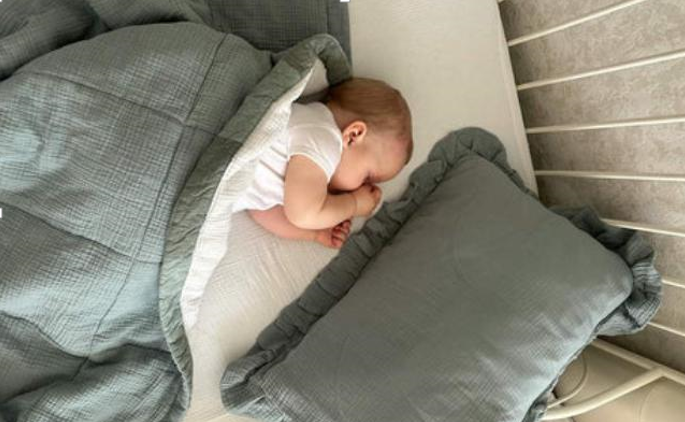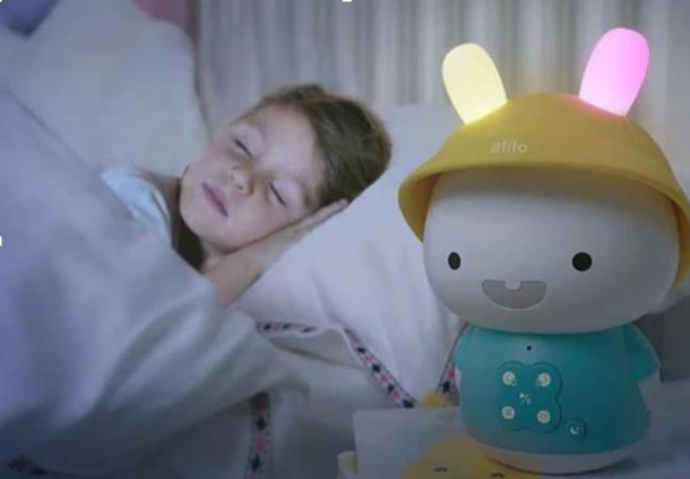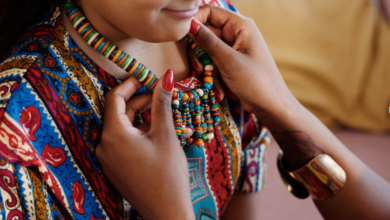How to Create a Sleep-Friendly Environment for Babies?

Sleep shapes nearly every aspect of a baby’s physical and cognitive development. From boosting brain growth to supporting immune function, quality sleep during the first year of life is essential. However, babies are more sensitive to external factors than adults, which means their sleep can be easily disrupted by something as simple as a draft or a nightlight. A well-designed sleep environment helps your baby settle more easily, sleep more soundly, and develop a healthy routine. In this article, we’ll explore how to build a safe, soothing sleep space for your baby using proven, practical methods.
The Safe Sleep Foundation
ABCs of Safe Sleep (Alone, Back, Crib)
The foundation of safe sleep begins with the ABCs: Alone, on their Back, and in a Crib. These three principles are widely endorsed by pediatricians and help reduce the risk of sudden infant death syndrome (SIDS). Babies should sleep alone, without soft toys, loose blankets, or pillows in the crib. Placing your baby on their back for every sleep—naps and nighttime—ensures an open airway and safe breathing posture. A firm crib or bassinet surface is crucial, as softer surfaces may cause suffocation hazards. Although it may be tempting to let babies share a bed for comfort or convenience, room-sharing without bed-sharing is the safest option for infants under one year.
Choosing the Right Crib/Bassinet
Selecting the right sleep furniture is not just a matter of taste—it directly impacts your baby’s safety and comfort. A well-designed crib or bassinet provides a firm, flat sleeping surface without gaps between the mattress and the frame. Mesh sides are beneficial for airflow and allow parents to check on their baby easily. Portability may be useful in small homes or for travel, but ensure any folding model meets modern safety standards and locks securely in place. For newborns, a bassinet placed near your bed offers the convenience of night feedings without the risk of co-sleeping. By 5 to 6 months or when your baby begins rolling or pushing up, transitioning to a crib becomes safer.
Safe Bedding Guidelines (What to Use/Avoid)
Many parents ask, “when can babies sleep with a pillow?” and the answer is: not during the first year. Babies should not use pillows, blankets, or crib bumpers, as these items can increase the risk of suffocation or entrapment. Instead, opt for a fitted crib sheet made from breathable fabric and dress your baby in sleep clothing suitable for the room’s temperature. Sleep sacks are a safe alternative to blankets, keeping your baby warm without loose fabric. Avoid decorative elements like stuffed animals or quilts in the crib until your child is older. The focus during the first 12 months should always be on simplicity and breathability.
Optimal Sleep Conditions
Ideal Room Temperature & Humidity
Keeping your baby’s sleep environment at the right temperature helps prevent overheating or chilling, both of which can interrupt rest. Most experts recommend a room temperature between 68–72°F (20–22°C). In warmer months, fans or air conditioners can help maintain cool airflow, while in cooler seasons, ensure the space is warm but not stuffy. Humidity levels between 40–60% support healthy breathing and prevent dry skin or nasal passages. A digital room thermometer and humidifier can help you monitor and adjust conditions as needed. Dressing your baby in breathable, layered clothing allows for easy adjustments if temperatures change overnight.
Lighting: Darkness Levels & Night Lights
Darkness encourages melatonin production, which helps babies fall asleep and stay asleep. During naps and bedtime, the room should be kept as dark as possible—blackout curtains can be especially useful during bright summer months. For nighttime feedings or diaper changes, a dim night light can be used, but choose warm-toned lights that won’t overstimulate your baby. Avoid turning on overhead lighting during the night as it may disrupt sleep cycles. In the early months, exposure to natural daylight during the day also helps set your baby’s internal clock and differentiate between day and night.
White Noise & Sound Environment
White noise can be a powerful ally in helping babies sleep, especially in homes where silence is hard to find. Soft, consistent sounds like a fan or a white noise machine can block out sudden household noises such as barking dogs or ringing phones. Many babies find white noise soothing because it mimics the constant, muffled sounds of the womb. However, the volume should always be kept low—no louder than the sound of a soft shower—and the machine placed away from the crib. Avoid music with lyrics or erratic volume changes, which can be distracting rather than calming.

Troubleshooting Common Issues
Managing Light in Different Seasons
As daylight stretches or shortens, babies may wake too early or resist bedtime. Installing blackout shades can create a consistent darkness level, regardless of sunset or sunrise times. During early morning wakings caused by summer light, using a blackout curtain in combination with a white noise machine can encourage longer sleep stretches. In winter, consider opening the curtains during daytime hours to support healthy circadian rhythm development. Consistent light management helps babies develop better sleep patterns year-round, even when outdoor lighting changes.
Reducing Household Noise Disruptions
Noise is a constant in most homes—whether from older siblings, appliances, or traffic. Creating a quiet sleep space is possible with some practical adjustments. Position the crib away from noisy rooms or windows, and consider soft rugs or curtains that can absorb sound. Establish quiet time routines with other family members during baby’s naps. Using white noise, as mentioned earlier, helps buffer sudden sounds. Over time, babies can adapt to a certain level of background noise, but managing extremes goes a long way in supporting uninterrupted rest.
Conclusion
Establishing a sleep-friendly environment doesn’t require expensive gadgets—it’s about making thoughtful, safe, and consistent choices. From following the ABCs of safe sleep to adjusting light and noise, each small decision contributes to your baby’s overall comfort and well-being. As your baby grows, these early habits form the base of lifelong healthy sleep routines. By taking the time to create a calm, secure sleep sanctuary, you not only protect your baby’s health but also set the stage for happier days and more peaceful nights—for everyone in the home.




